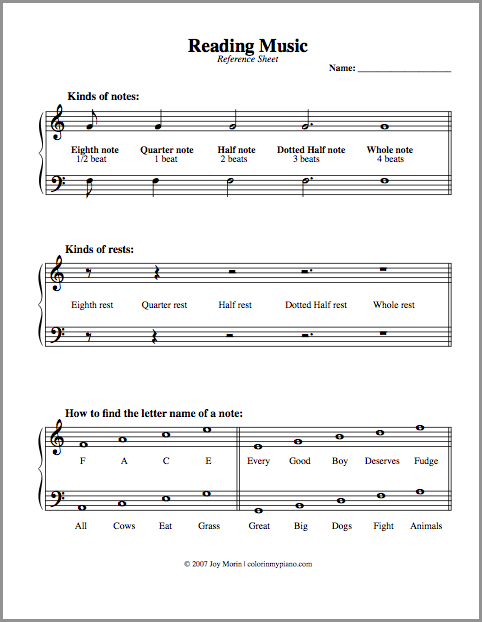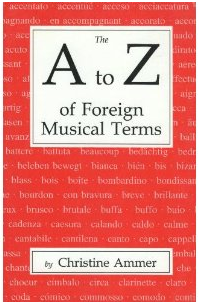
Book Review: Especially For Adults Book I, by Dennis Alexander.
I just discovered this book of fabulous Early Intermediate to Intermediate Level piano solos. I bought this book for a student, and it has been a real hit so far! I am very pleased with this purchase.
This book would make an excellent supplement for a high-school or older student, no matter what method book they are using. The pieces are appealing to the ear and rewarding to work on. They would also make great recital pieces.
Titles:
- Day’s End
- Feelin’ Fine
- Flamenco Fever!
- (Theme from) Hungarian Rhapsody No. 2
- Lost in Time
- On Ol’ Broadway!
- Plaisir d’amour (The Joy of Love)
- Polovetsian Dance (from Prince Igor)
- Reflections
- Shelby’s Waltz
- Sneaky Kinda Rag
My personal favorites from this book are Polovetsian Dance (a modern twist on the familiar orchestral theme from Prince Igor) and Reflections. All the pieces are great, though, and without being too difficult. The book covers a wide range of musical styles and moods.
Dennis Alexander also has a Book II and a Book III as well – I have not seen them yet, but am looking foward to trying them out!
My rating: 5 stars (out of 5 stars)




 This free printable is a handy reference sheet to give out to students who are just learning to read musical notation from the staff.
This free printable is a handy reference sheet to give out to students who are just learning to read musical notation from the staff.
 Book Review:
Book Review:




 Today, I thought I’d share a little bit about my experiences as a blogger. I don’t claim to be an expert by any means, but I would like to share what I have learned over the past year!
Today, I thought I’d share a little bit about my experiences as a blogger. I don’t claim to be an expert by any means, but I would like to share what I have learned over the past year!